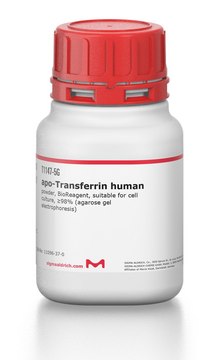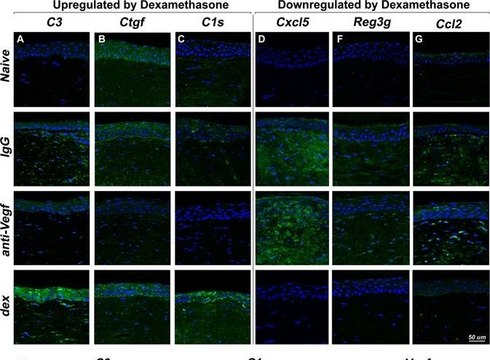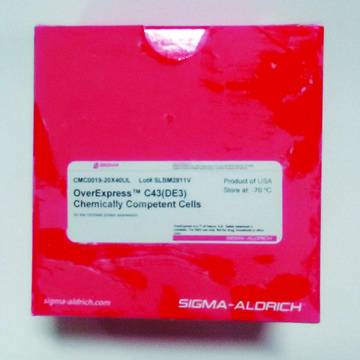401211
Goat Anti-Mouse IgG, H & L Chain Specific
Calbiochem®, from goat
Sign Into View Organizational & Contract Pricing
All Photos(1)
UNSPSC Code:
12352203
NACRES:
NA.46
Recommended Products
biological source
goat
Quality Level
antibody form
affinity isolated antibody
antibody product type
secondary antibodies
clone
polyclonal
contains
≤0.1% sodium azide as preservative
manufacturer/tradename
Calbiochem®
storage condition
OK to freeze
avoid repeated freeze/thaw cycles
isotype
IgG
shipped in
ambient
storage temp.
−20°C
target post-translational modification
unmodified
Related Categories
General description
Immunoaffinity purified goat polyclonal antibody. Recognizes mouse IgG heavy and light chains.
This Goat Anti-Mouse IgG, H & L Chain Specific is validated for use in Immunoelectrophoresis, Immunoprecipitation for the detection of Mouse IgG, H & L Chain Specific.
Packaging
Please refer to vial label for lot-specific concentration.
Warning
Toxicity: Standard Handling (A)
Other Notes
Monospecific for mouse immunoglobulin G heavy and light chains as determined by immunoelectrophoresis against normal mouse serum. Comparison of immunoprecipitation analysis with total protein determines that product contains 95-100% active antibody. Variables associated with assay conditions will dictate the proper working dilution.
Legal Information
CALBIOCHEM is a registered trademark of Merck KGaA, Darmstadt, Germany
WGK
nwg
Flash Point(F)
Not applicable
Flash Point(C)
Not applicable
Certificates of Analysis (COA)
Search for Certificates of Analysis (COA) by entering the products Lot/Batch Number. Lot and Batch Numbers can be found on a product’s label following the words ‘Lot’ or ‘Batch’.
Already Own This Product?
Find documentation for the products that you have recently purchased in the Document Library.
Diana C Muñoz-Lasso et al.
Scientific reports, 10(1), 5207-5207 (2020-04-07)
Abnormalities in actin cytoskeleton have been linked to Friedreich's ataxia (FRDA), an inherited peripheral neuropathy characterised by an early loss of neurons in dorsal root ganglia (DRG) among other clinical symptoms. Despite all efforts to date, we still do not
Zhuo Liu et al.
Oncology reports, 48(3) (2022-07-21)
The increasing morbidity and high mortality of intrahepatic cholangiocarcinoma (ICC) has led to the urgent need for new diagnostics and therapeutics. Liver kinase B1 (LKB1) exerts a tumor suppressor role in multiple malignances, while its regulatory role in exosomes secreted
Chengshan Xu et al.
Oncotarget, 7(47), 77764-77776 (2016-10-27)
Histone H2AX is a tumor suppressor protein that plays an important role in apoptosis. However, the mechanism underlying the association of H2AX with apoptosis in cancer cells remains elusive. Here, we showed that H2AX knockdown in lung cancer A549 cells
Yong Gao et al.
BioMed research international, 2018, 3842753-3842753 (2018-06-05)
Peroxisome proliferator-activated receptor α (PPARα) is a member of the nuclear hormone receptor superfamily and functions as a transcription factor. Previous work showed that PPARα plays multiple roles in lipid metabolism in tissues such as cardiac and skeletal muscle, liver
Ronggang Li et al.
Molecular medicine reports, 20(6), 4893-4904 (2019-10-23)
Theaflavin has been proven to own strong antioxidative capacity; however, the molecular mechanism underlying its protective effect against cerebral ischemia‑reperfusion (I/R) injury remains unclear. Therefore, the present study was designed to elucidate the neuroprotective effects of theaflavin on cerebral I/R
Our team of scientists has experience in all areas of research including Life Science, Material Science, Chemical Synthesis, Chromatography, Analytical and many others.
Contact Technical Service



